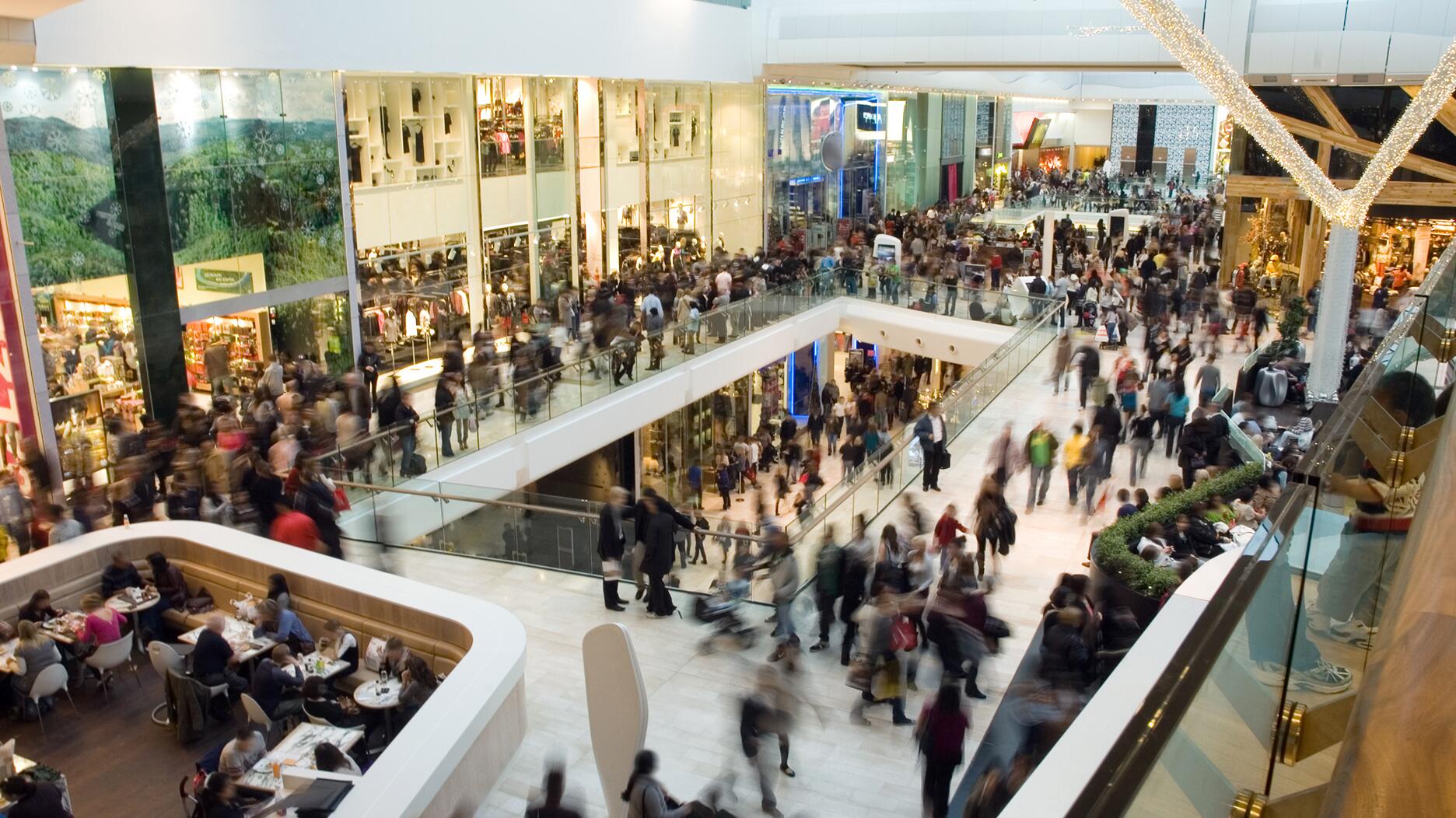The special-edition egg pendant ingested in a New Zealand jewelry store was recovered after a six-day wait.
The U.S. Population Is Becoming More Racially Diverse
The Census Bureau said the population of all race and ethnic groups, except for “non-Hispanic white alone,” grew between July 2016 and July 2017.
Washington, D.C.—The U.S. population is becoming more racially diverse and older, the U.S. Census Bureau said.
According to newly released 2017 demographic estimates, the population of all race and ethnic groups, with the exception of the “non-Hispanic white alone” group, grew between July 1, 2016, and July 1, 2017.
The Hispanic population increased 2.1 percent to 58.9 million, making up 18 percent of the nation’s total population last year, primarily due to “natural increase”--the difference between births and deaths.
The black or African-American population was up slightly, increasing 1.2 percent to 47.4 million in 2017, while the American Indian or Alaska Native population increased 1.3 percent to 6.8 million, and the Native Hawaiian or Other Pacific Islander population increased 2.1 percent to 1.6 million.
But the fastest-growing racial group in the nation was the Asian population, due primarily to net migration, the Census Bureau said. Overall, the Asian population increased 3.1 percent to 22.2 million.
Even so, there was only one state where the Asian population represented a majority: Hawaii, with 57 percent.
The population of those identifying as two or more races increased 2.9 percent to 8.7 million, making it the second-fastest growing race group in the nation, which the Census Bureau also attributes to natural increase. This group also had the youngest median age of any other age group at 20.4 years.
Meanwhile, the white alone-or-in-combination population rose by only 0.5 percent to 257.4 million, growing the slowest of all the groups.
And the non-Hispanic white alone population declined by .02 percent to 197.8 million, making it the only race group to see population decrease between 2016 and 2017. The U.S. Census Bureau also noted that this group is expected to continue aging and declining in number.
These changing demographics and how jewelers respond to them was part of what Signet CEO Gina Drosos addressed in a keynote speech given during the JCK Las Vegas jewelry trade show this year.
She said a part of growing a business and gaining consumer trust has to do with understanding how the population is changing and adapting to create new opportunities.
With the Hispanic community driving population growth and possessing $1.7 trillion in purchasing power, she asked attendees: “What are we doing as
In addition to changing races and ethnicities, the U.S. Census Bureau’s new numbers also indicate that the U.S. population is aging. As a whole, it experienced a median age increase from 37.2 to 38.0 years between 2010 and 2017.
“Baby boomers, and millennials alike, are responsible for this trend in increased aging,” said Molly Cromwell, a demographer at the U.S. Census Bureau. “Boomers continue to age and are slowly outnumbering children as the birth rate has declined steadily over the last decade.”
The Latest

Associate Editor Natalie Francisco plays favorites with Piece of the Week, selecting a standout piece of jewelry from each month of 2025.

The “Love and Desire” campaign is inspired by the magic that follows when one’s heart leads the way, said the brand.

How Jewelers of America’s 20 Under 40 are leading to ensure a brighter future for the jewelry industry.

Two awardees will receive free tuition for an educational course at the Swiss lab, with flights and lodging included.


Berta de Pablos-Barbier will replace Alexander Lacik at the start of January, two months earlier than expected.

Sotheby’s held its first two jewelry sales at the Breuer building last week, and they totaled nearly $44 million.

Roseco’s 704-page catalog showcases new lab-grown diamonds, findings, tools & more—available in print or interactive digital editions.

Winners will receive free registration and lodging for its fourth annual event in Detroit.

Here are six ideas for making more engaging content for Instagram Reels and TikTok, courtesy of Duvall O’Steen and Jen Cullen Williams.

The honorees include a notable jewelry brand, an industry veteran, and an independent retailer.

Carlos Jose Hernandez and Joshua Zuazo were sentenced to life without the possibility of parole in the 2024 murder of Hussein “Sam” Murray.

Yood will serve alongside Eduard Stefanescu, the sustainability manager for C.Hafner, a precious metals refiner in Germany.

The New Orleans jeweler is also hosting pop-up jewelry boutiques in New York City and Dallas.

Set in a Tiffany & Co. necklace, it sold for $4.2 million, the highest price and price per carat paid for a Paraíba tourmaline at auction.

The jeweler’s “Deep Freeze” display showcases its iconic jewelry designs frozen in a vintage icebox.

Take luxury gifting to new heights this holiday season with the jeweler’s showstopping 12-carat sphene ring.

This year's theme is “Unveiling the Depths of the Ocean.”

In its annual report, Pinterest noted an increase in searches for brooches, heirloom jewelry, and ‘80s luxury.

Starting Jan. 1, customers can request the service for opal, peridot, and demantoid garnet.

The 111-year-old retailer celebrated the opening of its new location in Salem, New Hampshire, which is its third store in the state.

The new catalog features its most popular chains as well as new styles.

The filmmaker’s personal F.P. Journe “FFC” prototype was the star of Phillips’ recent record-setting watch auction in New York.

The new location in the Design District pays homage to Miami’s Art Deco heritage and its connection to the ocean.

“Longtime favorite” presenters, as well as first-time speakers, will lead talks and workshops at the annual event in Tucson next year.

Silas Smith of Meridian Metalworks won the challenge with his pendant that blends Australian and American landscapes.

The sale of the 31.68-carat, sunset-hued stone was part of Sotheby’s first series of events and auctions in Abu Dhabi.



























